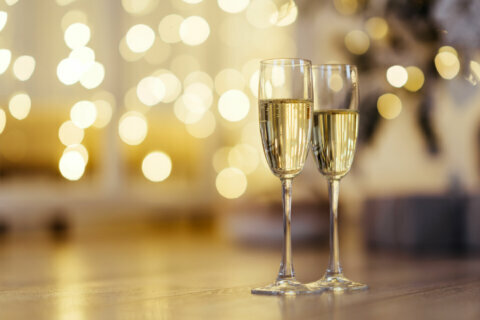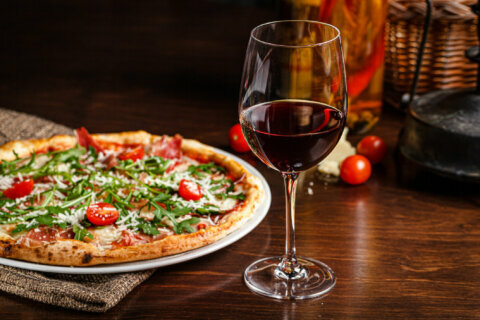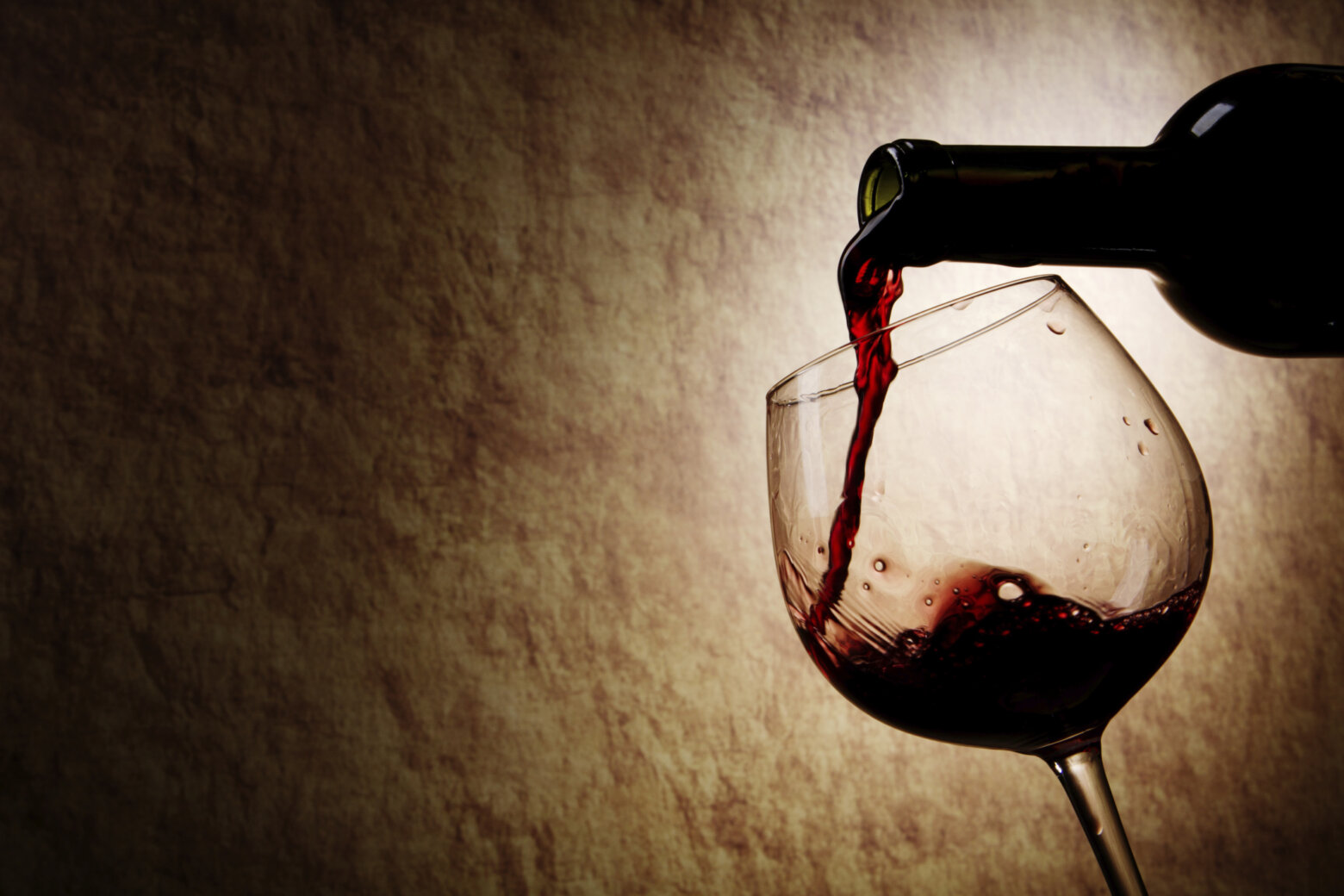WASHINGTON — I will never understand why so many wine enthusiasts resist popping the cork for sparkling wines or Champagne unless they are celebrating a special occasion or the end-of-the-year holidays.
It’s a shame, since most of these wines are incredibly versatile and pair well with a wide variety of foods — and they’re also great on their own.
Famed author and bon vivant F. Scott Fitzgerald once proclaimed, “Too much of anything is bad, but too much Champagne is just right.”
Every year, I too, struggle with reaching for a bit of the bubbly, but this year I was dedicated to popping more sparkling corks than in years past. Just this past weekend, I made a point of opening a bottle of Champagne or two (or three) while watching the plethora of footballs games from the comfort of my couch.
Now that the holiday season is in full stride, it’s a great excuse to bring sparkling wine front and center — not just for the holidays, but for a New Year’s resolution. Repeat after me: “I will drink more sparkling wines and Champagne in 2017.”
So, go ahead and succumb to the seductive sound of a cork popping from the bottle, and start your own tradition by enjoying these wines all year long. This is one resolution that should be easy to keep.
Before diving into specific recommendations, a quick primer on sparkling wines is in order. While just about every wine-growing region on the planet produces some version of sparkling wine, it is helpful to remember that only wines made in the tiny Champagne region in France can be called Champagne (as denoted by the capital “C” in the name).
These wines are produced using the strict Méthode Champenoise where the secondary fermentation, responsible for those wonderful bubbles, occurs in the bottle. All other champagne-style wines are referred to as “sparkling wines.”
For example, sparkling wines designated Crémant (“creamy”) were originally named because their lower carbon dioxide pressures were thought to give them a creamy, rather than fizzy, mouthfeel. Though they may have full bubbles today, they are still produced using the traditional method, and have to fulfill strict production criteria.
In France, there are eight appellations for sparkling wine which include the designation Crémant in their name. The most popular are Crémant d’Alsace and Crémant de Bourgogne.
The Nonvintage Chevalier Brut Cremant de Bourgogne from the Burgundy region of France is one of the best values in bubbly on the market today. The tiny bubbles carry scents of white flowers and lemon citrus while flavors of crisp apple and tart nectarine play on the tongue. Just a hint of baked bread rounds out the finish. $20
The prosecco region of Italy produces some wonderfully crisp, refreshing sparkling wines that make a great way to greet guests. These wines are made from the prosecco grape using the Charmat Method, where the secondary fermentation occurs in large tanks before the wine is bottled, keeping the fresh, delicate qualities of the grape intact. The Nonvintage La Tordera Prosecco di Valdobbiadene from Veneto, Italy is one of the best values in sparkling wine. Packed with wonderful acidity and structure, scents of lemon/lime fill the bouquet while flavors of apple and nectarine dominate the front of the palate. The crisp, refreshing finish features citrus notes and just a hint of pear and yeast at the very end. $20
The most popular designation of sparkling wine and Champagne is Brut, a dry style that is usually a blend of chardonnay, Pinot Noir and Pinot Meunier. If you want to toast to world peace and unity this holiday season with a Made in the USA version (but made in the Méthode Champenoise style), then try the Nonvintage Mumm Napa Brut Prestige from Napa Valley, California. This Brut is a blend of chardonnay (45 percent), Pinot Noir (45 percent) and Pinot Meunier (10 percent) and features fine bright citrus, red apple, stone fruit and creamy vanilla aromas, with hints of toast, honey and gingerbread spice. Its vibrant flavors are balanced by fine acidity and a rich, lingering finish. $22
Nonvintage Champagnes are blended from several different years in order to maintain a certain consistency — or house style. A wonderful example is my favorite Rosé Champagne this holiday season, the Nonvintage Billecart-Salmon Brut Rosé Champagne from Mareuil-sur-Ay, France. This pale-pink Champagne is crafted from Pinot Noir grapes. Its tiny, precise bubbles adds a certain degree of elegance; they deliver lovely notes of ripe raspberry, rhubarb, bright cherry fruit, orange citrus and roasted almonds across the entire palate. Macerated strawberries are featured on the crisp, focused and balanced finish. Simply delicious. $80
A very reasonable way to stick your proverbial toe into the pool of expensive vintage Champagnes is the 2008 Bertrand Delespierre Brut Premier Cru from the Champagne region of France. It is blended with equal parts Pinot Noir, Pinot Meunier and chardonnay. The fragrant scents of green apple and buttered toast on the nose lead to flavors of baked apple, ripe pear, roasted hazelnuts and candied ginger on the palate. The structure is full-bodied and the finish, featuring notes of toasted almonds, is round and full. A phenomenal value at $60







